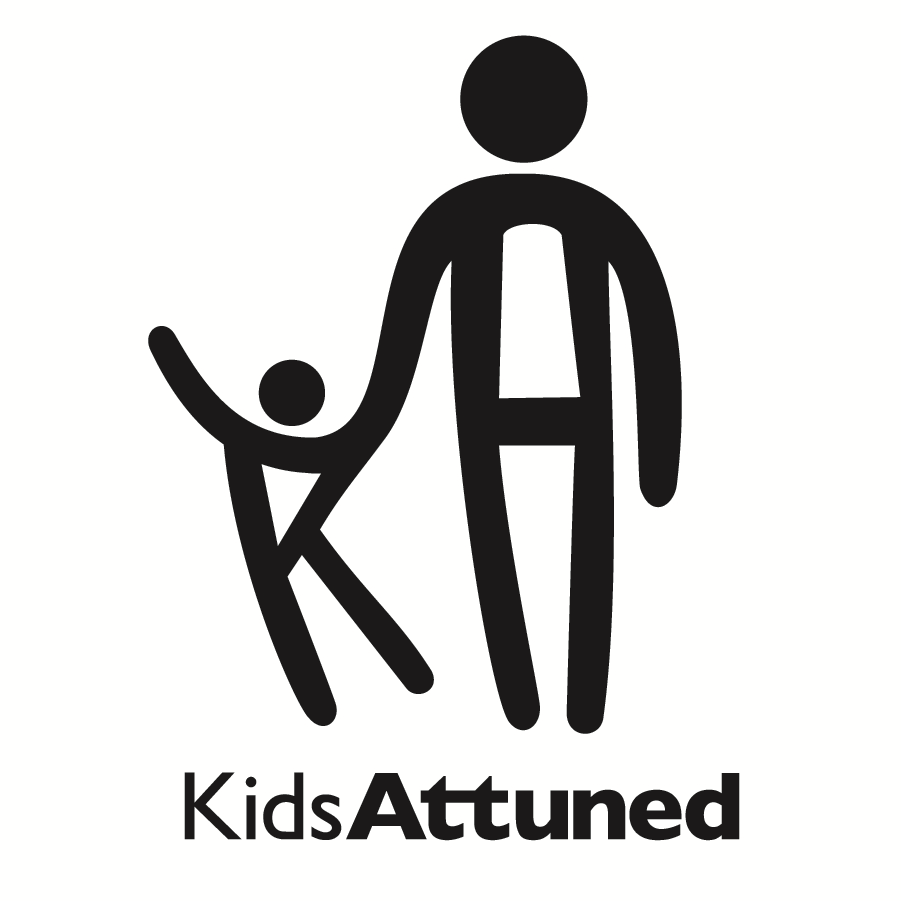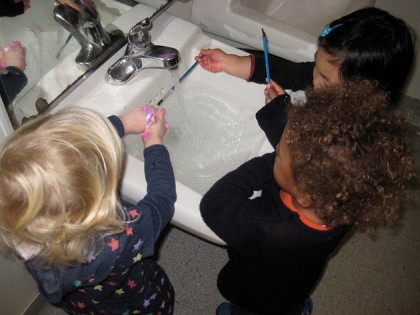Originally published by Todd Wanerman at http://www.toddwanerman.com/
When I consult with schools about inclusion, I’m a voice for change. And teachers generally feel uncomfortable about change. Why? Partly because it’s hard to consider the idea that you could have done better for children in the past. And, in our individualist society, we like to come up with our own good ideas. But, if you listen to the responses of the teachers I work with, that’s not it. From San Francisco to Sichuan, teachers raise the same objections with me: “You don’t understand – I don’t have the time to take on . . . that.”
Teachers are always stretched for time. So the idea of adding anything more can be anything but inspiring. However, inclusion can feel particularly daunting. It’s all about tailoring expectations, routines, and interactions to individual children. It requires spending precious time off the floor making plans for one child at a time. And it means devoting the time that may have been spent on group curriculum or attention to one child. Most teachers feel – understandably – that their classroom environment will dissolve into chaos if they take time from the group to support one child.
How can it work then?
This seeming contradiction in fact opens up a window on the deepest and most significant value of inclusion – it is an integrative system. It takes care of a lot of different parts of the teacher’s job at once. It’s a way of investing energy and attention upfront that can actually save time and benefit all the children in the class. Here are a few ways (with some very condensed examples):
1. It saves you from reacting to repeated disruptions. We often think that the children who resist or struggle the most need our firmest, most consistent limits. We don’t want to reward their unruly behavior. But an inclusion teacher knows that children who are strong-willed or disregulated will test and struggle harder for longer unless we help them find their own place in the classroom. Inclusion helps us look at children’s unique temperament and respond in a way that builds trust, comfort and curiosity. Think of the child who wants to climb to the highest point in the classroom and bid for everyone’s attention during group time. That child is likely very interested in group time, and, with a little leeway to figure out the boundaries, may relax and join the group after just a few sessions.
2. It’s good for one child AND good for many children. In The Little School’s teacher training film, “Relationships: The Key to Teaching and Learning in the Early Years,” we included a segment about a child who came to us with physical and motor delays. Instead of taking teachers off the floor to help her with weight-shifting and pelvic stretching exercises, we embedded the physical work in a group game: acting out the children’s classic, Pete’s a Pizza. Not only did this encourage the child to participate in what could have been tedious drills, but we discovered that many other children benefitted from these sensorimotor experiences. This is why we called our book, Including One, Including All. An inclusive approach to the curriculum will help create a regulated environment for everyone.
3. It equips you for future success by making you a better teacher. Some children cause us to struggle. We get dysregulated and reactive and focus on saying, “No.” But when we reflect and plan about children with challenges, we return to a proactive and positive stance. Each of these breakthroughs goes into our toolbox of inclusive skills, ready to be unpacked again and again for other children.
4. It fosters not just order, but learning through an individualized, problem-solving approach. The point of inclusion is not to eliminate chaos or disruption: it’s to help many different kinds of learners learn. In an inclusive classroom, we don’t just accommodate a wide spectrum of learners. We draw upon each member’s strengths and styles to create a richer learning environment. A child who spends all morning alone in the book corner could certainly use some help getting comfortable with peers. You can accomplish this by tapping into her strength for language and story. Not only will this prove the quickest path to a broader experience for this one child. It will increase the language and literacy component of your classroom.
5. It will teach you to get help. And to help others. Inclusion is about opening up the classroom community to all. To support a wide array of learners, you will need help. You’ll need to turn to families, pediatricians, occupational therapists, speech pathologists, kindergarten teachers and more to find success. Inclusion is a way of integrating the child’s community: school and home; pre-k and primary; health and education; assessment and curriculum; practitioners and academics. It is also, as we wrote in Including One, Including All, a way of vertically integrating change in early childhood education.
You can see all these benefits at work in an example I often use with those aforementioned anxious, skeptical clients. I call it “The Lesson of the Apple Skin.” Let’s say it’s snack time with your toddler class. You have cut up your apples in advance because you want, for good reasons, to move the routine along quickly and efficiently. As you pass them out, a child objects. She likes apples with the skin removed. Conventional wisdom suggests that you respectfully explain that this is how apples are served. Predictability and order are important, and you can’t manicure snack to every two-year-old’s whims.
But suppose instead you slowed down and asked, “You like apples with no skin?” What do you think would happen next? At least one or two other toddlers would chime in, “I don’t like skin!” Others would exclaim, “I like skin!” “Ahh,” you could say, “you, you and you – all of you like skin on your apples. But you, you and you – you like no skin on your apples. Skin is crunchy. It’s kind of chewy. Some like it and some don’t.”
Now you have helped children learn something about their own temperament – the way their bodies and nervous systems take in and respond to input. Children can see themselves aligned with new partners. And you have learned something about each child’s temperament. You have fostered concept and language development. And you have brought the group on board. They are focused on a discussion that means something important to them. Classroom management, assessment, social learning, and regulation are integrated by your willingness to be guided by children’s initiative.
And what if you planned for such teachable moments? You might have a little paring knife in your cabinet or on your snack cart. This would give you a chance to model fine motor skills as you peeled off some of the apple skins. The children who didn’t want to eat the skins could touch them and perhaps begin to mitigate their own tactile sensitivity. What if you had some stickers, and you put a green dot on the placemat of everyone who wanted the skin removed, and a red dot on the skin lovers’ placemats, and then counted up how many children were in each group? Now you’re adding discreet academics. What if you kept the dots so that you’d be ready to have the right amount of apples with the skin removed from now on? Now you have created efficiency for the future, and modeled both writing and planning, which may be the most important learning capacity of all.
Enter the text or HTML code here

